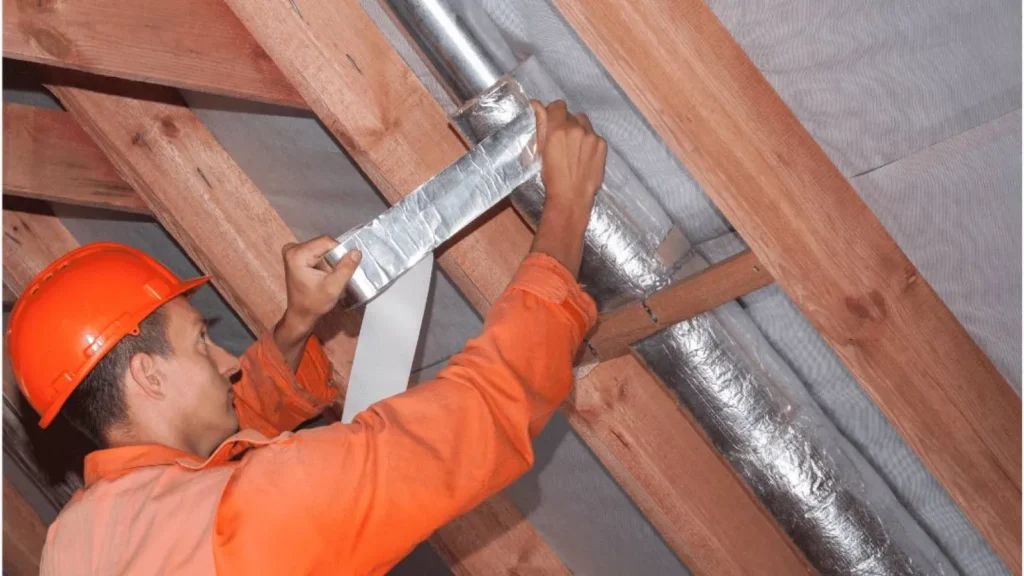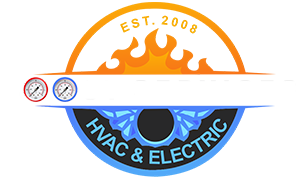Boost Services Heating and Cooling Pasadena
Duct Sealing Services
Duct Sealing
Duct Sealing Services: Ducts are vital when it comes to circulating hot or cool air around your home. But in many houses today, close to 20 percent of this air finds its way out through the duct system because of leaks, holes, or poor connections. This inefficiency raises energy costs and defines a difficult condition to achieve and maintain the desired indoor climate regardless of the set point on the thermostat.

Signs of Duct Sealing Services Problems
Benefits of Sealing Ducts
Comfort:
Air Quality:
Safety:
Energy Savings:
Environmental Impact:
In the following part, some effective ways will be introduced on how to improve duct performance . This may be stopped using mastic sealer or metallic tapes meanwhile the accessible ducts must be insulated. Never use the standard type of duct tape. In particular check that the joints of vents and registers are tightly sealed where it merges with walls or floors. But to achieve the best outcome and avoid mishaps, one should hire a professional contractor in repairing and sealing the duct system effectively.

